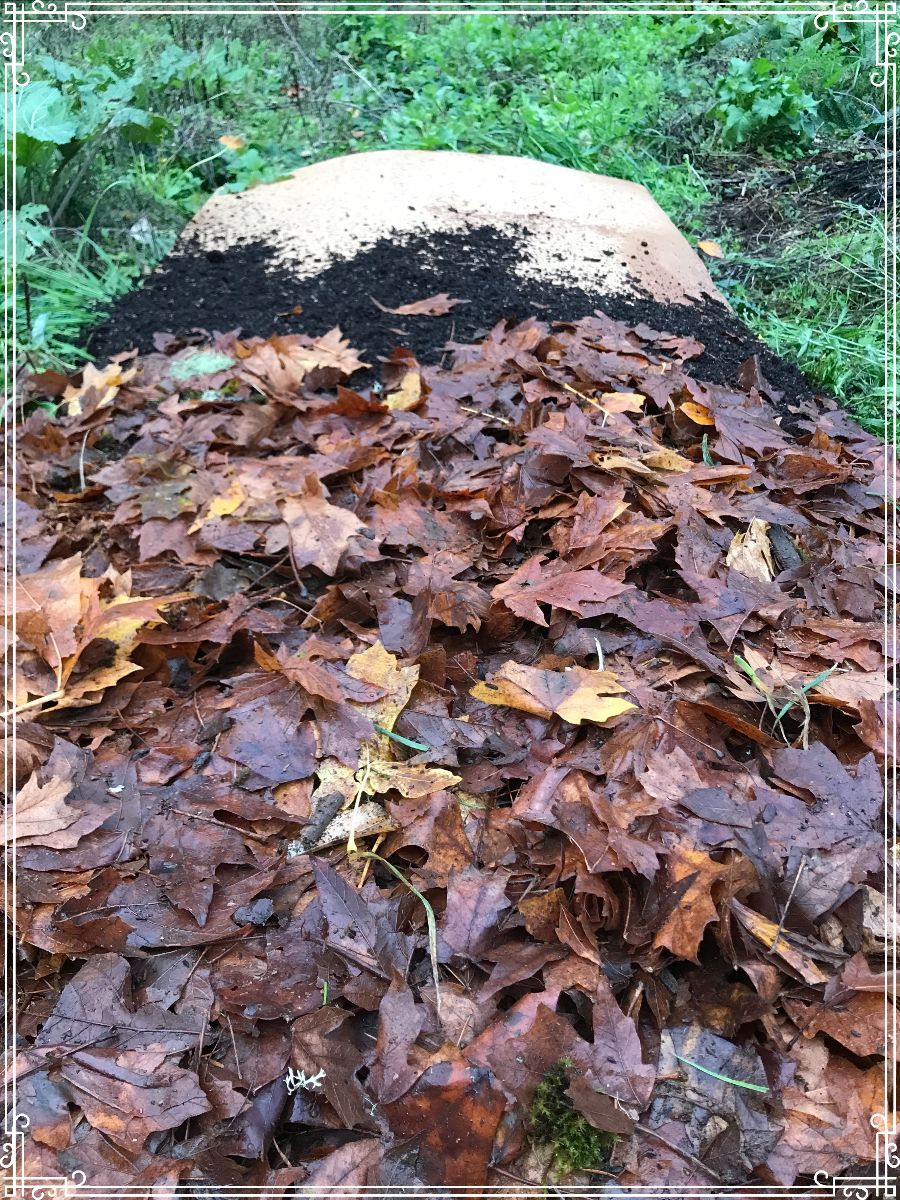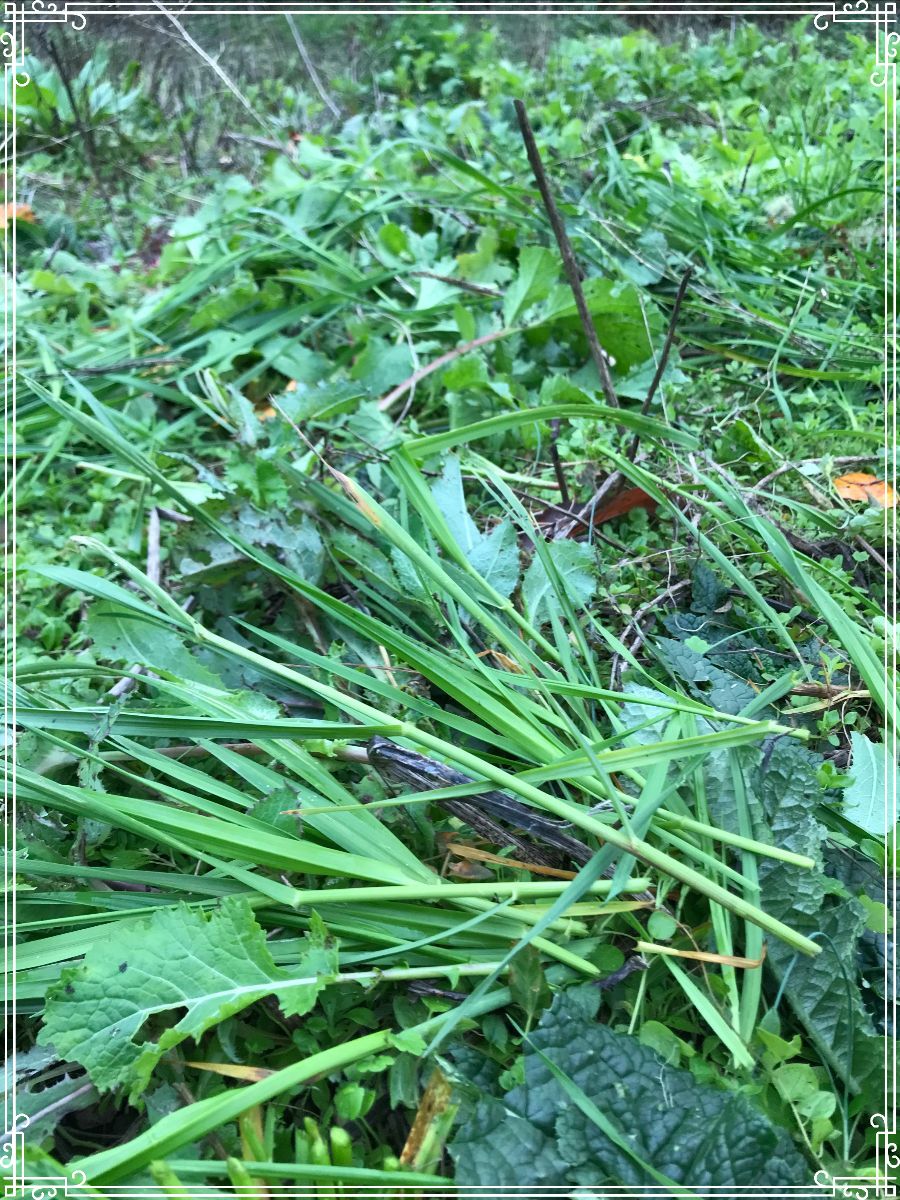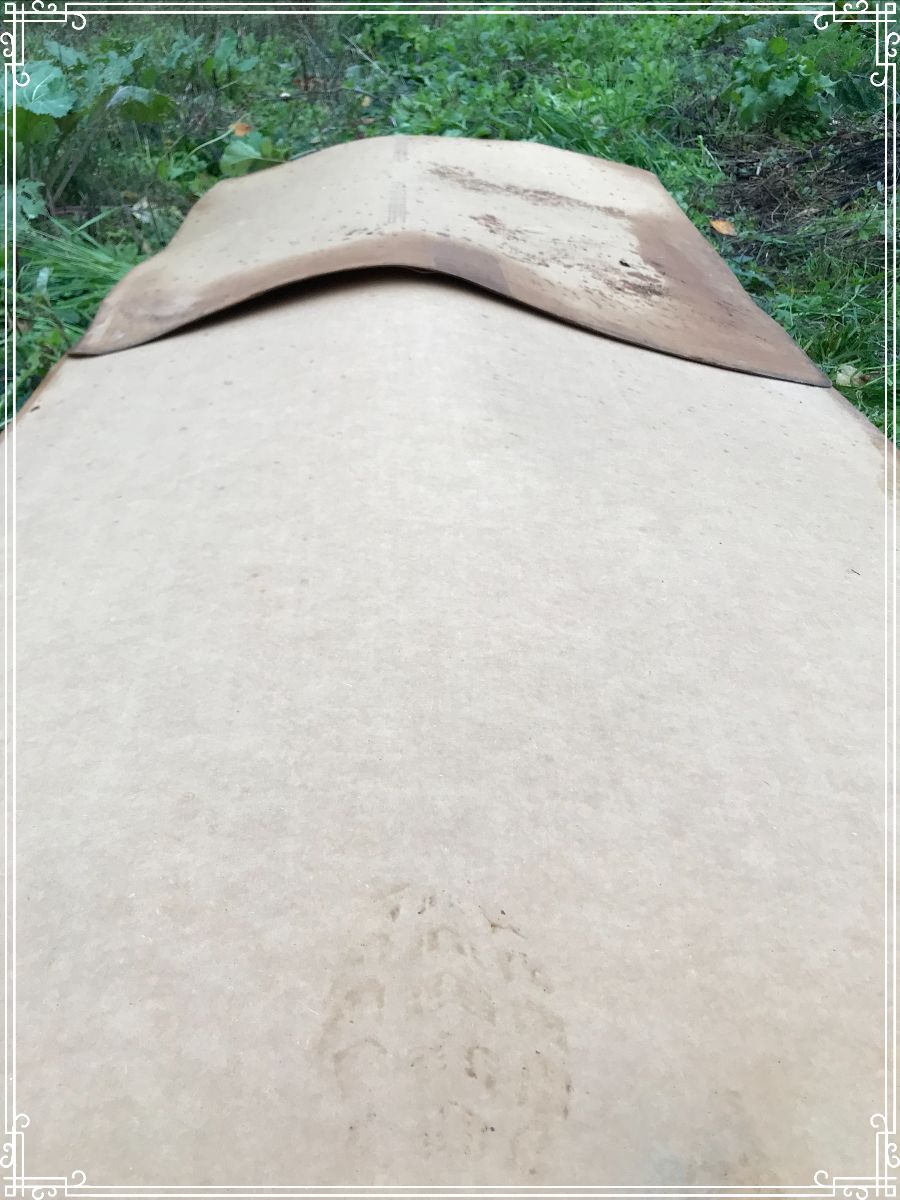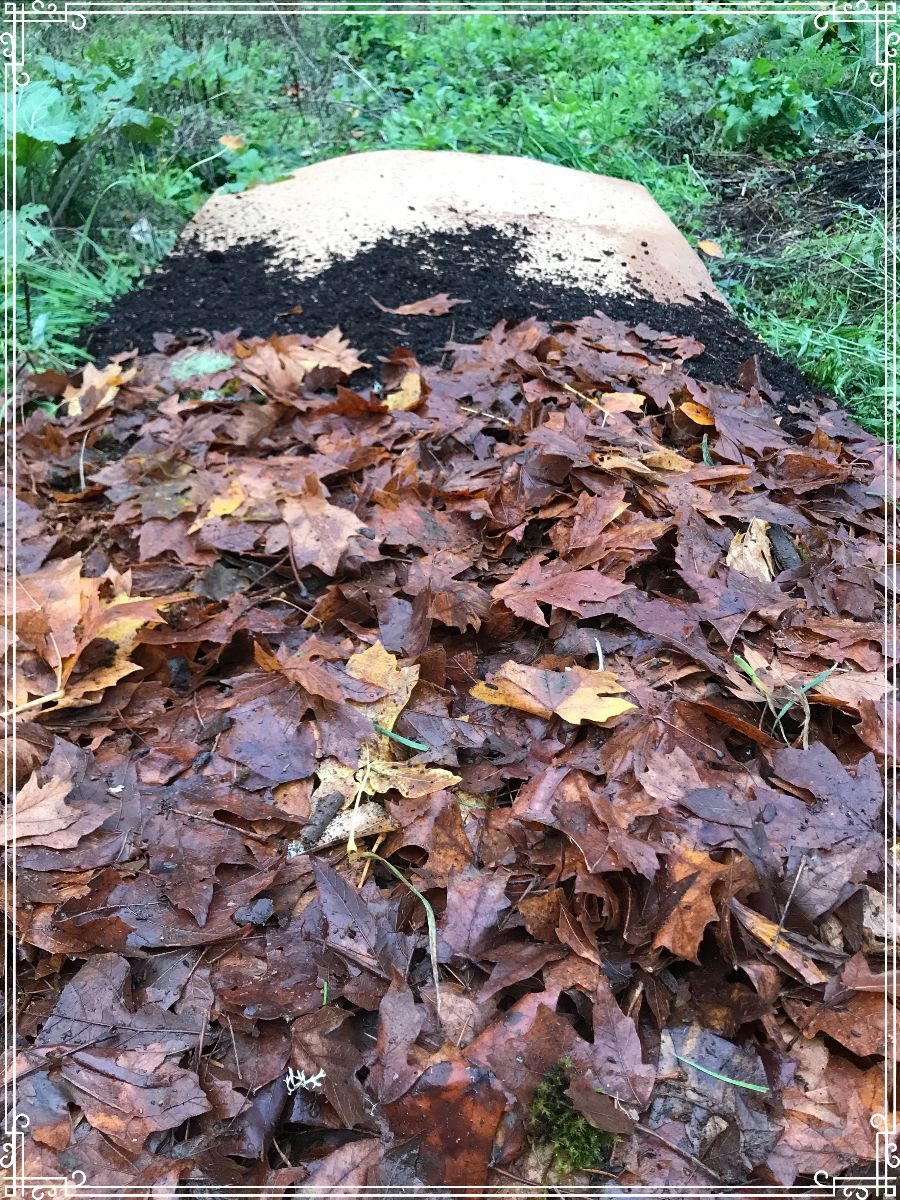Are your garden beds full of weeds and grasses after a season of annual gardening? Try these techniques.

Fall in the NW is the perfect time to prepare your annual garden beds for Spring planting using the no-till method of sheet mulching.
Mulching is the act of adding organic matter to the top of the soil - just as nature does in a forest. It suppresses weeds, enhances microbial life, retains moisture, and builds rich soils for the long term. And it does it all without disturbing or damaging the soil structure through tilling. Sheet mulching takes the process one step farther by using particular materials that enhance the above effects.




In this instance, we've chopped down the weeds and then used cardboard, compost, and maple leaves to create a sheet mulch for an annual garden bed. However, you can also use it between and around your perennial native plants. They love it, and it looks nice too.
1) Chop/drop: Before laying down the sheet layer, it's helpful to chop or lay down the weeds/grasses. This makes better contact between the cardboard and ground for quicker decomposition, and makes it easier to layer on top. This is also the time where extra weeds or kitchen compost can be added to the beds - to add extra nutrients.
2) Cardboard: Not all sheet mulch is created equal. Our favorite are "pallet liners". They are the perfect width of a garden bed & virtually free of ink and tape. Check your local brewery. You can use all your household cardboard too, just remember to remove the tape and overlap at least 4 inches. Some folks use newspaper instead, but it's much weaker at weed suppression.
3) Compost: Adding a layer of compost on top of the cardboard can improve the break down process, ensuring the cardboard is broken down by spring, while also increasing nutrients for your spring garden.
4) Mulch: While we used leaves from our maple tree, you can also use straw, woodchips, or even bark. For annual gardens, use straw or leaves. For perennial gardens, woodchips or bark. Make sure to fully cover the cardboard to ensure breakdown.
By starting in the Fall with sheet mulching, you can make Spring bed prep and planting A LOT easier. In the Pacific NW, rainy Spring days can make getting into the garden early a muddy mess. With sheet mulch, the soil loosens slowly over the winter, the weeds decompose, and you can simply plant your starts into the ground beneath the cardboard (or what remains of it).
It's important to note that sheet mulching has some downsides, too. In our climate, it can attract more slugs and gophers (which are always a challenge, but can become worse). In addition, if you have invasive rhizomatous grasses or weeds, sheet mulch can sometimes cause them to expand their reach (they can stay alive under the sheet mulch and come up through it.) Lastly, it requires sourcing some material from local suppliers, which can be a bit more work. For us, however, especially in long term, we think the benefits far outweigh the challenges.
Give it a try this year and let us know what you think!
